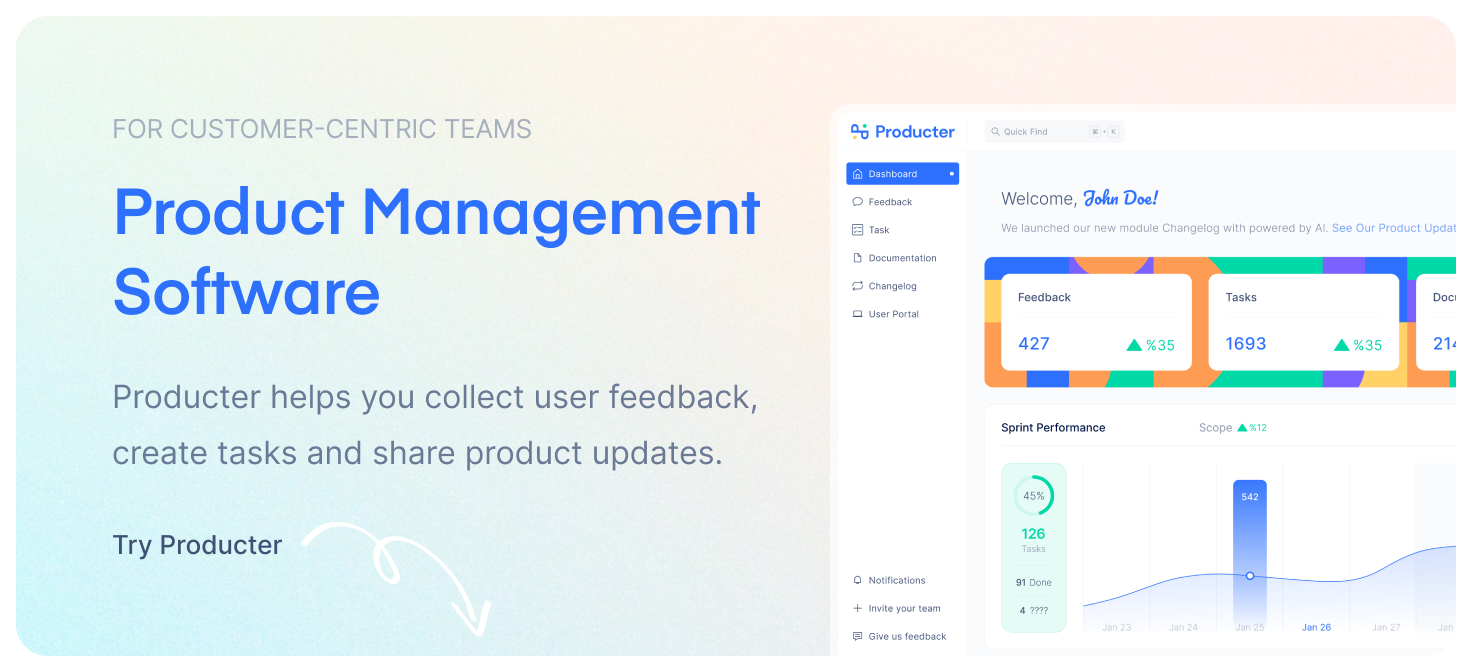Derived from butter churn, the word "churn" is defined as the percentage of customers who leave a company within a specific period of time. Customer churn can be a major problem for businesses because it can lead to a decline in revenue and profit.
Why do customers churn?
There are several reasons why existing customers may churn including:
Poor customer service:
Customers may become unhappy with the level of service they are receiving and decide to take their business elsewhere.

High prices:
Customers may feel that they are paying too much for the products or services they are receiving and decide to switch to a cheaper provider.
Competition:
Sometimes, a customer churns as he or she may be lured away by a competitor who is offering a better deal.
How to calculate customer churn?
There are a number of ways to calculate customer churn, but the most common method is to take the number of customers who have left in a given time period and divide it by the total number of customers at the beginning of that period. This will give you the churn rate as a percentage.
How to prevent customer churn?
There are several things businesses can do to prevent customer churn including:
Improving customer service:
By providing excellent customer service, businesses can keep their customers happy and reduce the chances of them leaving.
Offering discounts and deals:
Discounts and deals can entice customers to stay with a company.
Keeping prices competitive:
Businesses should make sure their prices are in line with or lower than their competitors to prevent new subscribers from switching.
Monitoring customer satisfaction:
It is important for businesses to keep track of how satisfied their customers are. If customer satisfaction starts to decline, it may be an indication that customers are thinking about leaving.
Why is customer churn a problem?
Customer churn can be a major problem for businesses because it can lead to a decline in revenue and profit. To combat this, businesses need to understand why customers are leaving and take steps to address these issues. One way to do this is to calculate annual churn rate using the method described above. This will give you a better understanding of your business's churn rate and help you take steps to reduce it. Additionally, businesses can take steps to prevent customer churn by improving customer service, offering discounts and deals, and keeping prices competitive. Monitoring customer satisfaction levels is also key in preventing churn.
Churn in SaaS companies
Churn is a big problem for SaaS companies and may result in decreased growth rates of the companies. It's the percentage of customers who cancel their subscription to your service in a given period of time.
The higher your churn rate, the more customers stop using your services and the harder it is to grow your business.
There are a few things you can do to reduce churn in your SaaS company:
1. Make it easy for your customer base to use your service. The easier it is to use, the less likely they are to cancel their subscription.
2. Offer excellent customer support. If something goes wrong, be there to help them fix it.
3. Keep your prices competitive. If your prices are too high, current customers may be tempted to switch to a cheaper alternative.
4. Offer free trials or money-back guarantees. This gives new customers a chance to try your service before they commit to it.
5. Constantly improve your service. If you're constantly adding new features and making your service better, customers will be less likely to cancel their subscription.
Churn is a normal part of any business, but there are things you can do to reduce it. By making your service easy to use, offering great customer support, and constantly improving your service, you can keep churn rates low and keep your customers happy.

Churn in B2B Business
In any business, customer churn can be a huge problem. But in the B2B world, it can be especially devastating.
When a business loses a customer, they not only lose out on revenue from that customer, but also the potential future revenue that customer could have generated. And if a business has high churn rates, it can be very difficult to keep up with the competition.
There are a number of reasons why customers might churn in a B2B setting. Maybe they're unhappy with the product or service they're receiving. Maybe they're finding better options elsewhere. Or maybe they've simply outgrown the need for the product or service.
Regardless of the reason, customer churn can have a major impact on a business. Here are a few tips to help you reduce churn in your B2B company:
1. Keep your customers happy.
This one seems obvious, but it's worth repeating. If your customers are unhappy, they're much more likely to churn. Make sure you're constantly checking in with your customers and addressing any concerns they have.
2. Offer a great product or service.
If your product or service is inferior to what's offered by your competitors, it's only natural that your customers will eventually switch to them. Make sure you're always improving your offerings and staying ahead of the competition.
3. Be flexible with pricing.
If your prices are too high, customers may be tempted to switch to a cheaper option. But if you're too flexible with pricing, you may not be able to make a profit. Find a happy medium that works for both you and your customers.
4. Make it easy to do business with you.
If your customers have to jump through hoops every time they need to contact you or place an order, they're going to get frustrated. Make sure your process is as streamlined and efficient as possible.
5. Keep up with the latest trends.
If you're not keeping up with the latest industry trends, your customers will quickly become aware of it. Stay on top of new developments and make sure you 're always offering the latest and greatest to your customers.
By following these tips, you can help reduce customer churn in your B2B company. Keep your customers happy, offer a great product or service, and be flexible with pricing. And make sure you're always keeping up with the latest trends. Do all of this, and you'll be well on your way to reducing churn and keeping your business afloat.
Producter is a product management tool designed to become customer-driven.
It helps you collect feedback, manage tasks, sharing product updates, creating product docs, and tracking roadmap.






